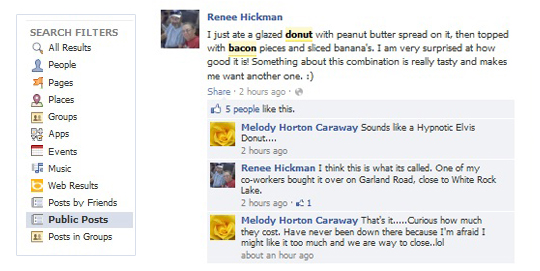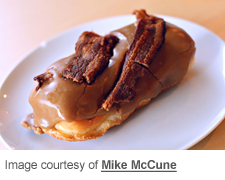by Dave Crader
If you were asked to describe your customers, what would you say? Would you begin listing their age, gender, race, employment status and other demographic data or would you list their behaviors and attitudes?
According to a combined study by CBS Corp. Chief Research Officer David Poltrack and Neilson, "There is no link, none, between the age of the specified demographic delivery of the campaign and the sales generated by that campaign."
Basically, the comprehensive study suggests demographic data alone, especially age, should not be used to make large marketing decisions.
Now, there are circumstances where demographic data will be all that you have. Great, at least you have something! However, we recommend learning as much as you can about your customer’s behaviors and attitudes before writing a persona and developing a content marketing strategy. This will allow you to learn about your customer’s unique emotional needs, which is critical for any content marketing campaign.
In this post, we’ll teach you how to gather this psychographic insight inexpensively and write a persona that speaks to it. Let’s begin.
How To Develop a Customer Persona
A customer persona can be defined simply as “a fictional description of the person or audience you’re trying reach.” This “description” is usually about one paragraph to one page long, and is often created with the help of a seasoned copywriter. Here are a few sample personas we’ve written at Evolve:
You might be thinking, “This is a lot of work. How many personas am I going to need to make?” To answer that, ask yourself, “Does the person or audience I’m targeting need to go through a different buying cycle to purchase my product?” If you answered “yes,” that person or audience will need to have his or her own persona.
For example, let’s pretend you work for a flavor development company called Big Taste that develops recipes marketed towards large fast-food franchises.
Your team has recently developed a delicious bacon doughnut recipe, and it’s your job to market the recipe to all major doughnut shops. To market effectively, you’ll need to create at least two different personas:
One for the head chef in charge of new product development, and one for the CEO in charge of making the company profitable.

Both personas should be different not just because the two potential customers have different job titles, but because they both have very different emotional needs. The CEO wants to reach his/her yearend sales goals, while the chef wants a hot new recipe that will align with the current food line he/she previously worked so hard to develop. A sales pitch consisting of projected ROI, KPI and TSRs isn’t going to appeal to our chef, just as a pitch about organic wheat isn’t going to appeal to our CEO.
Before writing the personas, you should ideally set-up a focus group that helps you get to know your customers better.
Here are a few questions you may want to ask focus group participants:
Who are you?
• Who are your close friends and what are their personalities like?
• What is your family life like?
• What is your sense of humor?
a. Do you laugh at inappropriate times?
• What are your political views and why?
• How did your career develop and why did you choose this path?
• What are you passionate about and why?
• What are some of your favorite things?
• What do you do on the weekend?
• What are some of your hobbies?
What are your needs?
• What are your daily struggles in life?
• How do those struggles make you feel?
• What content could you absorb to help with your struggles?
a. What format should this content come in (video, blog, podcast etc)?
• How do you usually solve your struggles?
• Where do you look for help and why?
• Would you benefit from our product emotionally?
a. Would your social life improve after using our product?
b. Would your self-confidence improve after using our product?
How do you use the Internet?
• How many hours do you spend on the Internet in a given week?
• What are your favorite websites?
• What is the first thing you do when going online?
• Do you access the Internet on your phone or tablet?
Do you care about our brand and products?
• Do you “like” brands on Facebook?
a. Which ones?
b. Why did you “like” them?
• Would you want to be our Facebook Fan?
a. What type of content would you want to see us share?
Are our products unique?
• Do we offer anything different than our competitors?
• Do you feel differently when buying our products when compared to competitors?
These questions will need to be altered depending on the situation, but they’re a good starting point. Remember to ask “why” questions rather than “yes/no” questions to get a more accurate description of your customer’s behaviors and attitudes. This will lead to a more accurate persona when you’re ready to write.
If budgets are tight, consider doing an online focus group using Google Hangouts. You can find participants on social media and forums and offer them a small sum to join your Google + Hangout session. Most people on the Internet respond well to a value of $50 or more.
If budgets are even tighter than that, consider asking your friends on social media to complete a short survey. You can use Survey Monkey or Google Consumer Surveys to host the survey. This should be an absolute last resort. There’s just nothing better than a real live conversation with your potential and current customers.
There are several paid online services ($30,000-plus) that can assist with persona development as well.
Here are a few:
• Netbase.com
• Radian6.com
• Converseon.com
Most of these services dive deep into social media feeds to try and find relevant conversations already taking place. I have yet to be impressed by any tool that claims to do this, though. I feel like most of this data can be gained for free by simply knowing how to use Google and social media search. Just go to Google and type something like this:
• “I love” feature/benefit your product provides
• “I want” feature/benefit your product provides
• “I need” feature/benefit your product provides
And you’ll find a wide variety of conversations already going on.
You can also go to Facebook and search by public posts:

Or, to see a combination of social chatter from Twitter, Facebook, YouTube and more, check out socialmention.com.
Summary:
Try not to skip the focus group. Writing a persona without first understanding your customer’s attitudes and behaviors could mislead you down the road. A wise man once said:
“The creative individual has the capacity to free himself from the web of social pressures in which the rest of us are caught. He is capable of questioning the assumptions that the rest of us accept.”
- John W. Gardner
Gardner speaks the truth. Assumptions get you nowhere – especially in marketing. Ask questions until your customers stop answering. And then, ask their friends.
Next Up: Developing a Content Marketing Strategy: Aligning Personas to Your Sales Funnel – Part Two


